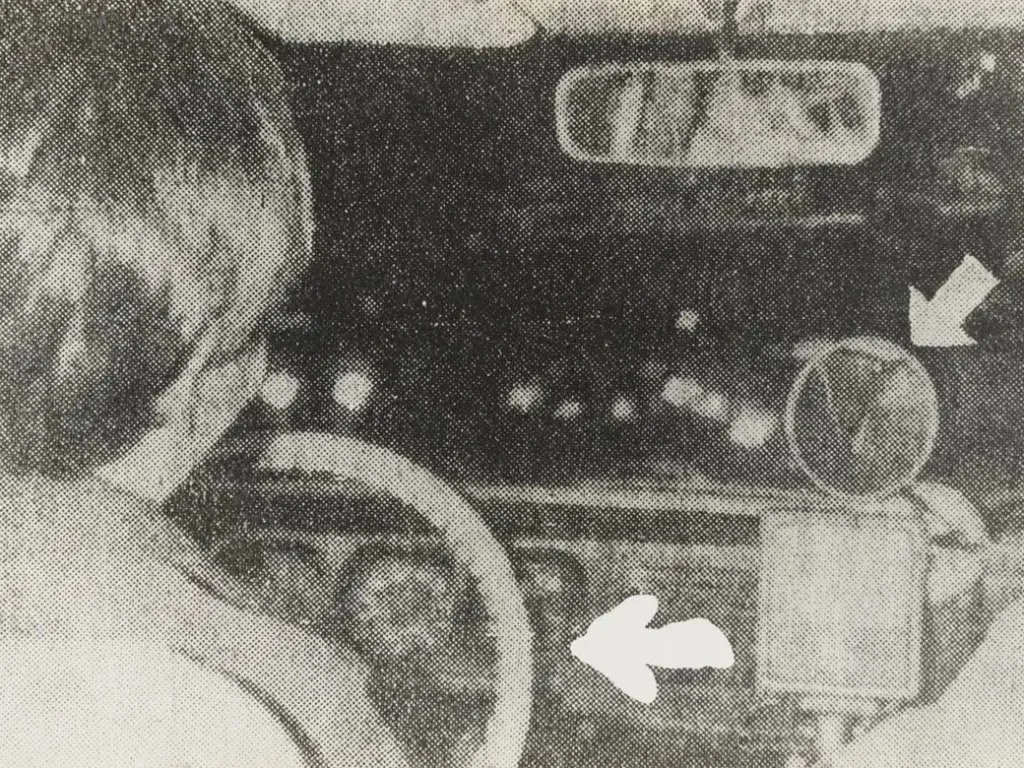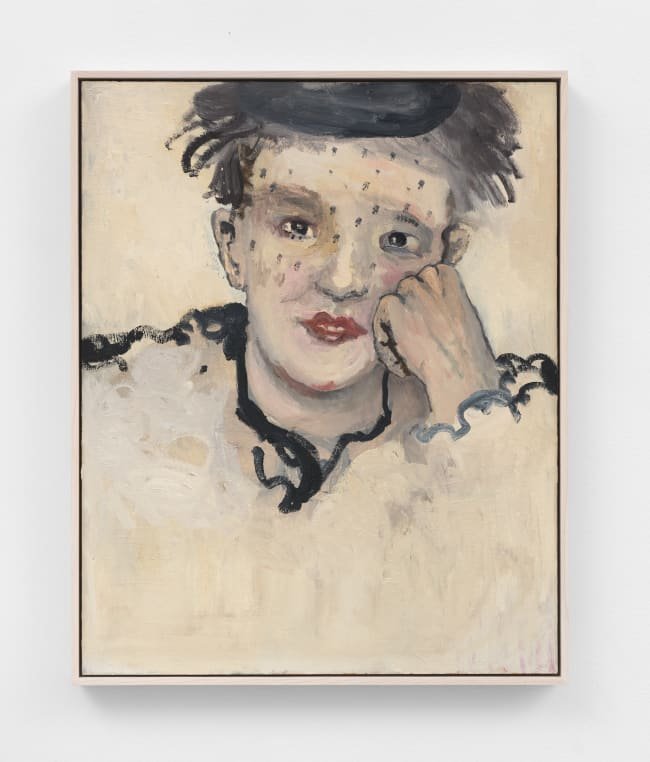Steve McQueen
New York, 537 West 22nd Street
For more than 30 years, McQueen has continually investigated the possibilities inherent in film—as a material, documentary tool, and storytelling medium—resulting in work that is formally inventive and politically pointed. Often delving into power relations, McQueen’s films and videos capture the experience of living both within and in opposition to hierarchical structures, critically examining current social issues by drawing on the histories of cinema and video art and the reduced formal vocabulary of Minimalism.
Steve McQueen, Sunshine State, 2022. Installation view, International Film Festival Rotterdam, 2022. © Steve McQueen. Photo: Studio Hans Wilschut/IFFR; courtesy the artist, Marian Goodman Gallery, and Thomas Dane Gallery
“With the opening of this exhibition in Chelsea, alongside the ongoing presentation of Bass at Dia Beacon, we are thrilled to offer our audiences the opportunity to explore Steve McQueen’s multifaceted practice across multiple sites. While Bass pares down film to its essential qualities—sound and light—to evoke the trauma of displacement, the video and photographic works on view at Dia Chelsea take a different route to investigate histories both personal to the artist and shared with the Black diaspora,” said Jessica Morgan, Dia’s Nathalie De Gunzburg Director.
A configuration of projections on both sides of two large, adjacent screens, Sunshine State encourages visitors to move through the space and view it from different vantage points. Opening with footage of a burning sun, the work unfurls clips from the musical drama The Jazz Singer, the first “talkie” in the history of cinema that starred the singer Al Jolson. In a voice-over, McQueen recounts a poignant story that his late father relayed on his deathbed about a personal experience of violence in Florida, giving the work its title. Originally commissioned by the International Film Festival Rotterdam, Sunshine State’s Chelsea presentation marks its debut on the East Coast of the United States, throwing its eponymous connection to Florida into sharp relief.
In the adjacent gallery, the artist presents Exodus, a monitor-based video. While walking in a busy London street with a Super 8 mm camera, the artist began filming two men from the West Indies as they carry potted palm trees, gesturing toward metaphors of African diasporic migration. Alongside the early work is Bounty, a new set of photographs documenting flowers found in Grenada, for which McQueen journeyed to the island in summer 2024. In the artist’s words, the photographs consider how, over centuries of colonial rule, “what has been a constant in the landscape [of Grenada] has been the beauty of flowers. These plants have been a thing of wonder within a landscape which has been traumatized by colonialism and slavery.”
“In his gallery installations, as well as his feature films, McQueen tells stories based on investigations into histories, often repressed or forgotten, probing the human condition with all its contradictions and vulnerabilities. McQueen consistently conflates the past and present, as in the three works at Dia Chelsea and in Bass at Dia Beacon which come together to form a loose series of journeys to both real and remembered places. Whatever medium McQueen employs, the viewer’s relationship to the work is paramount, thus implicating us in the inescapable now,” said Donna De Salvo, Dia’s senior adjunct curator.







